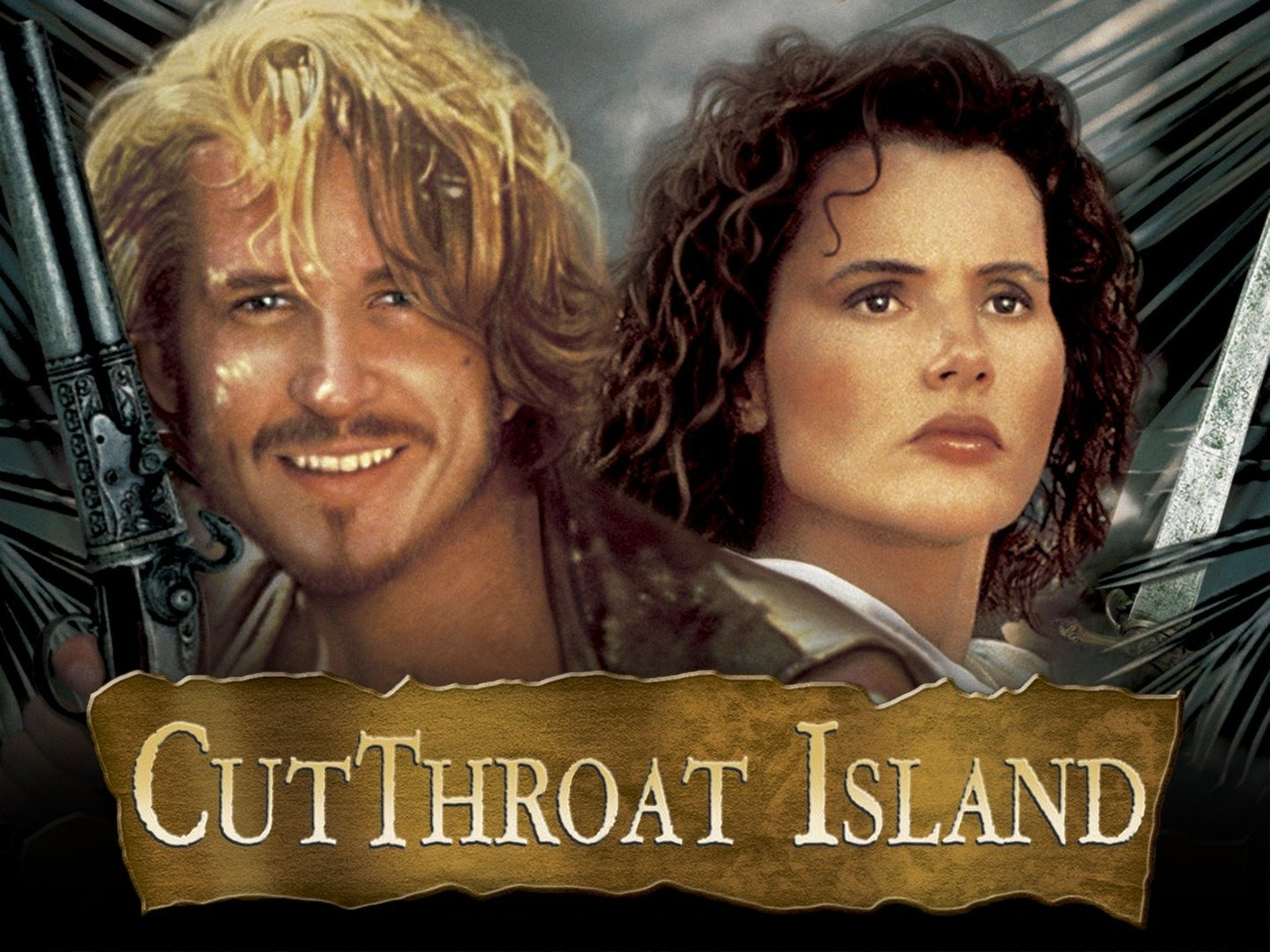In an era when swashbuckling, pirate-themed adventures reign supreme on the big screen, it’s hard to imagine a time when studios hesitated to invest millions in cinematic spectacles set on the high seas. Yet, the ill-fated release of “Cutthroat Island” in 1995 turned this once-promising genre into a financial nightmare, leaving its mark as one of the biggest box office bombs in history.
- He’s the Dude (No, Really): The True Story Behind ‘The Big Lebowski’
- The WWII Horror Movie That Pits Jovan Adepo and Wyatt Russell Against Nazi Zombies
- Jake Gyllenhaal Led a War Movie That Didn’t Let Violence Undercut Its Message
- How Much of ‘The Pope’s Exorcist’ Is True?
- 15 Unforgettable ‘Star Wars’ Quotes That Define the Saga
Starring Geena Davis and Matthew Modine as unlikely allies in pursuit of treasure and directed by Davis’s then-husband, Renny Harlin, “Cutthroat Island” was supposed to be the saving grace for Carolco Pictures, a once-thriving independent production company. By the mid-90s, Carolco found itself teetering on the edge of bankruptcy, despite previous successes with hits like the Rambo franchise, “Total Recall,” “Terminator 2: Judgment Day,” and “Basic Instinct.” Desperate to stay afloat, Carolco was forced to sell the rights to several projects, including a proposed medieval epic for Arnold Schwarzenegger titled “Crusade” and the infamous “Showgirls.”
see more : George Lucas Secretly Replaced Darth Vader in Star Wars
Turning to Finnish action director Renny Harlin, who had previously helmed hits like “Die Hard 2: Die Harder” and “Cliffhanger,” Carolco placed all its bets on “Cutthroat Island.” The film was initially budgeted at $60 million, funded in large part by foreign investors who hoped it would resonate with international audiences. Originally set to star alongside Geena Davis was Michael Douglas, but creative differences led to his departure, ultimately replaced by the less-established Matthew Modine. As production kicked off, those familiar with Carolco’s financial troubles couldn’t help but be anxious about the fate of “Cutthroat Island,” with one executive admitting, “We knew from that point if we lost Cutthroat Island as well, bankruptcy would be inevitable. If we made the film, there was at least some chance we could survive.” Geena Davis herself acknowledged the dire circumstances, saying, “They had to make this movie. The company was dead. Everybody knew that one way or another, this was their last movie.”
The film’s budget continued to soar, a common occurrence in large-scale period pieces filled with action, extravagant sets, lavish costumes, countless extras, and exotic location shooting. According to The Independent, Carolco provided the production with “2,000 costumes, 309 firearms, 620 swords, 250 daggers, and almost 100 custom-made axes.” The filmmakers also had access to full-scale replicas of period ships and a massive water tank during filming in Malta. Moreover, director Renny Harlin found himself grappling with tight deadlines, making last-minute script and design changes that added to the movie’s already precarious status as a high-stakes gamble. Shooting in remote aquatic locations in Thailand presented further challenges, including injuries and illness among the cast and crew. Despite these hurdles, Harlin and his team soldiered on, determined to complete the film and praying for its success as the release date approached.
see more : Reese Witherspoon & Paul Rudd’s Box Office Bomb Changed Rom-Coms Forever
However, six weeks before “Cutthroat Island” hit theaters, Carolco filed for bankruptcy in November 1995. Many analysts predicted the worst, prematurely labeling the film a flop before audiences had a chance to weigh in. This was not entirely unwarranted given the movie’s substantial budget and stiff competition upon its release on December 22, 1995, which included hits like “Toy Story,” “Jumanji,” “Grumpier Old Men,” “Heat,” and “Father of the Bride: Part II.” “Cutthroat Island” also faced scrutiny from critics and mixed reviews from audiences when it finally debuted.
While it’s difficult to calculate the exact amount of money “Cutthroat Island” lost, Guinness World Records once crowned it as the biggest box office bomb of all time as of April 2012, representing a staggering loss of over $146 million when adjusted for inflation. Despite being a prime example of Hollywood’s financial missteps, “Cutthroat Island” still has redeeming qualities for those willing to embrace its over-the-top, pulpy adventure. The film, while far from a masterpiece, boasts action-packed sequences, sword fights, gunplay, and pyrotechnics, all culminating in a thrilling high-seas battle that delivers the essence of pirate-based entertainment. In essence, “Cutthroat Island” remains a testament to a film that aimed for the stars in its quest to keep Carolco Pictures afloat, despite its ultimate financial downfall.
In the annals of cinematic history, “Cutthroat Island” may be forever remembered as a costly misadventure, but it is also a reminder that even the biggest box office bombs can provide a unique brand of escapism for those who appreciate its quirks and charms.
Source: https://dominioncinemas.net
Category: MOVIE FEATURES











